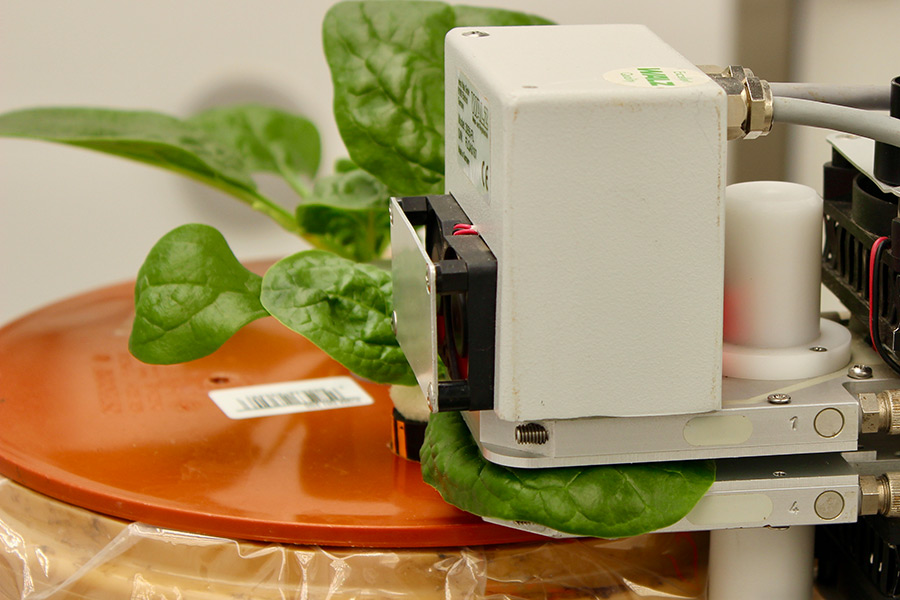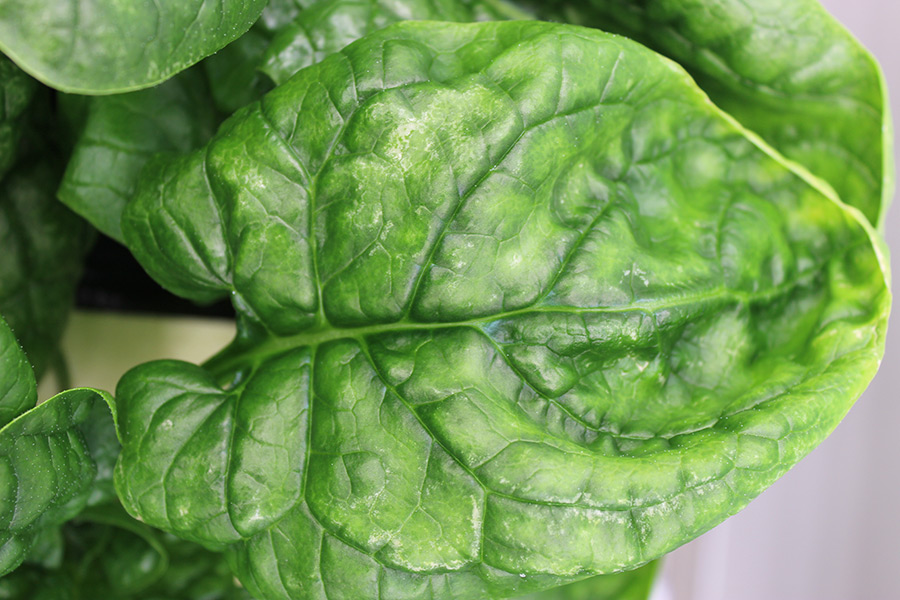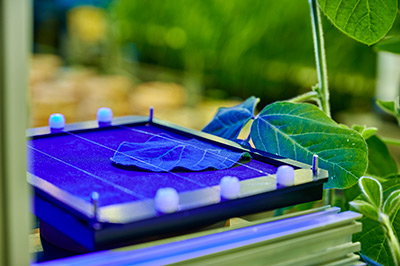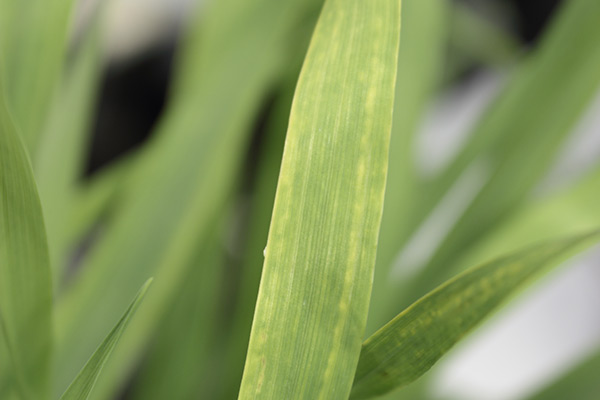News
- Magnesium deficiency in spinach: new publication of Dr. Setareh Jamali Jaghdani
After completing her PhD research project, Dr. Setareh Jamali Jaghdani has published the results of her final year of studies. The article is entitled “The impact of magnesium deficiency on photosynthesis and photoprotection in Spinacia oleracea”. It was co-authored by Dr. Merle Tränkner, supervisor of the PhD project, and Professor Dr. Peter Jahns from the Institute of Plant Biochemistry at the Heinrich Heine University Düsseldorf.
The article focuses on photosynthesis and photoprotection under magnesium (Mg) deficiency in agricultural crops. Mg deficiency in spinach plants revealed that the carbon dioxide (CO2) assimilation is adversely affected whereas no significant negative impacts on other photosynthetic parameters were observed. These were studied by chlorophyll fluorescence measurements.
Photoprotection includes various mechanisms where the xanthophyll cycle – which is the main cycle that is active in non-photochemical quenching (NPQ) – remained unaffected in spinach plants under Mg deficiency.
Another photoprotective mechanism observed under Mg deficiency is the upregulation of reactive oxygen species (ROS) scavenging enzymes’ gene expression. It has been shown in an earlier publication (Jamali Jaghdani et al. 2020) in barley plants that the gene expression of various ROS scavenging enzymes was significantly upregulated in situations of Mg deficiency. However, the same pattern was not observed in spinach plants under Mg deficiency in present study.
Setareh Jamali Jaghdani and her co-authors concluded that the light intensity plays an important role not only in the intensification of the negative impacts of Mg deficiency on photosynthetic and photoprotective processes, but also increases the photoprotective responses in various crop plants. Moreover, they concluded that high-light tolerant plants such as spinach are less vulnerable to photooxidative stress induced by Mg deficiency.
The obtained results deliver a broader knowledge on Mg deficiency and its influences on photosynthetic and photoprotective processes. Hence, they contribute to better management of fertilization strategies.
“The impact of magnesium deficiency on photosynthesis and photoprotection in Spinacia oleracea” was published in Plant Stress at the end of 2021. Setareh Jamali Jaghdani’s complete dissertation is available for download on the website of the University of Göttingen.








